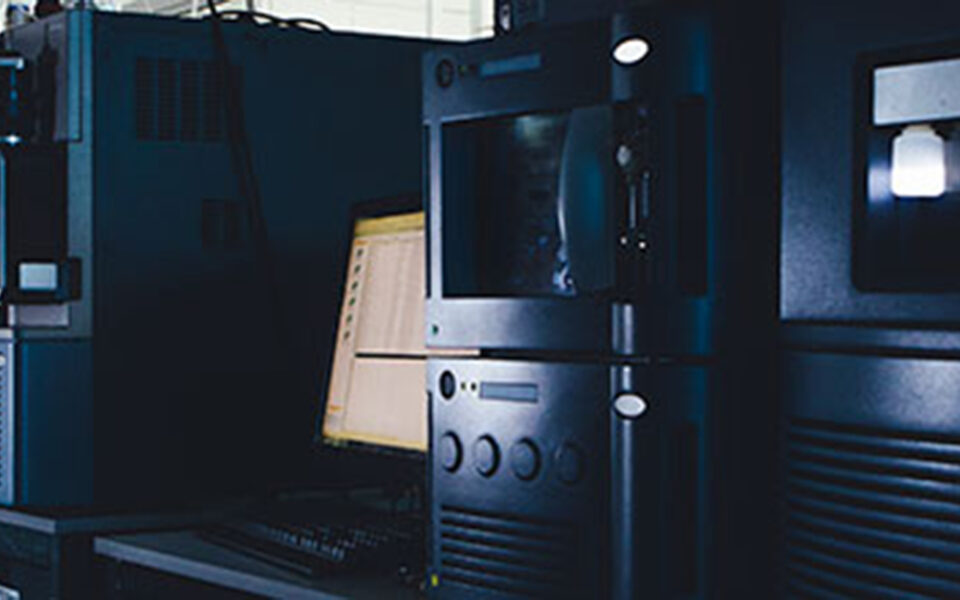The Expanding Research and Development Tax Credit
The research & development tax credit is one of the few domestic tax credits existing under current tax law – and is often overlooked and most often not utilized to its maximum potential.
The federal Research and Development Tax Credit provides significant benefits to taxpayers with qualifying expenses. Recent changes in law from 2015 to 2017 have made the R&D credit even more lucrative by providing taxpayers more clarity, as the credit is now permanent, and by allowing the credit to offset the Alternative Minimum Tax for many taxpayers, as well as by creating provisions for payroll tax offsets for certain start-up companies.
The R&D credit is a federal program, but many states either follow the federal guidelines or have similar programs. The credit is wide-ranging and is available to businesses in most industries, including but not limited to:
- Manufacturing.
- Software design.
- Financial and professional services.
- Technology.
- Construction.
The following discussions include new components of the R&D provisions that make this credit more attractive to taxpayers.
PATH ACT
The Protecting Americans from Tax Hikes (PATH) Act made the R&D Tax Credit permanent for tax years beginning after December 31, 2015. In addition, the PATH Act made several additional changes to the credit that are favorable to taxpayers. The following changes allowed many additional taxpayers to take advantage of the credit, including taxpayers who previously might have been ineligible to utilize the credit.
- For a “qualified small business” (defined as one with less than $5 million of gross receipts for the year and no gross receipts prior to the immediately preceding five taxable years), the R&D credit may be used to offset the employer OASDI (social security) portion of FICA tax, a payroll tax on wages paid. The payroll credit is limited to $250,000 per year, and any unused portion can be carried forward to future years. The tax credit may also be claimed if the business uses a Certified Professional Employer Organization (PEO).
- Qualified small businesses now have the ability to offset AMT with the R&D credit. This credit offset applies to corporations, as well as pass-through entities.
- Unused 2016 R&D credits may be carried back to the prior year or carried forward up to 20 years. While the credit still maintains its general carryback provision to offset regular tax, the ability to offset AMT is only available in carryforward applications.
INTERNAL USE SOFTWARE (IUS) GUIDANCE
On October 3, 2016, the IRS released final regulations that provide guidance on the qualification of internal use software (IUS) for purposes of the R&D Tax Credit, with taxpayer “safe harbor” election and planning opportunities. The final regulations clarified what qualifies as IUS:
- Software developed for the primary use in general and administrative functions, limited to financial management, human resource management, and support services is considered internal use software.
- Software developed for sale, lease, license, or otherwise marketed to third parties is not considered internal use software.
- Third party interaction software is not internal use software (i.e., software that enables a taxpayer to interact with third parties or allows third parties to initiate functions or review data on the taxpayer’s system).
- Software developed to serve both internal and third-party functions is presumed to be developed for internal use.
- Internal use software can still qualify for the R&D credit if it meets a higher standard of innovation: Innovative — Intent of the software must be to reduce cost, improve speed, or make another improvement that is substantial and economically significant (i.e., the “unique or novel” no longer will apply).
- Significant economic risk — Taxpayer must commit substantial resources to development.
- Not commercially available — Software must not be commercially available for its intended purpose without modifications.
GENERAL GUIDELINES
The R&D credit is calculated by determining the amount of QREs for the company’s current and prior years. The QREs are made up of wages, supplies used in the R&D development, and 65% of third party contractors.
In order to meet the definition of qualifying research expenditures, research activities performed in the United States will need to satisfy a four-part test:
- The work is being performed to develop a new or improved business component (product, process, technique, formula, invention, or computer software component).
- The activities are performed to discover information that is technological in nature. The activities involve physical, biological, engineering, or computer sciences.
- The research is performed to eliminate technical uncertainty, determine if a desired result could be achieved, determine how to achieve it, or determine the specific design of a product.
- The activities include a process of experimentation involving identification of the technical uncertainties, alternatives to consider in eliminating the uncertainties, and a process for evaluating alternatives.
In addition to the federal credit, many states have their own research and development tax credits. Effectively using R&D credits can enable taxpayers to increase a company’s cash flow by reducing taxes and the amount of quarterly estimates due. In addition, credits might be eligible to be claimed for prior years.
If you are not currently taking advantage of this credit, but believe it might apply to your business, contact a Marcum professional as we can assist you in determining if you qualify.




















